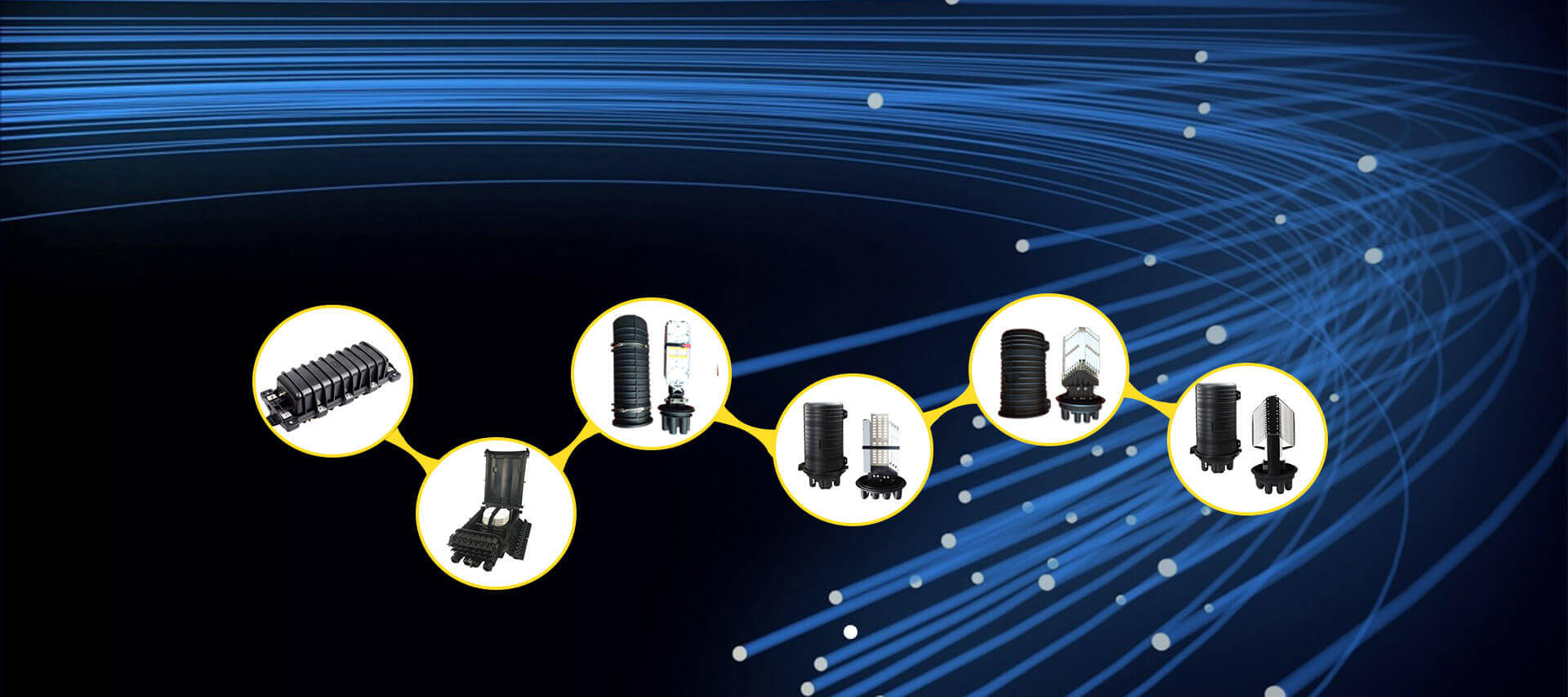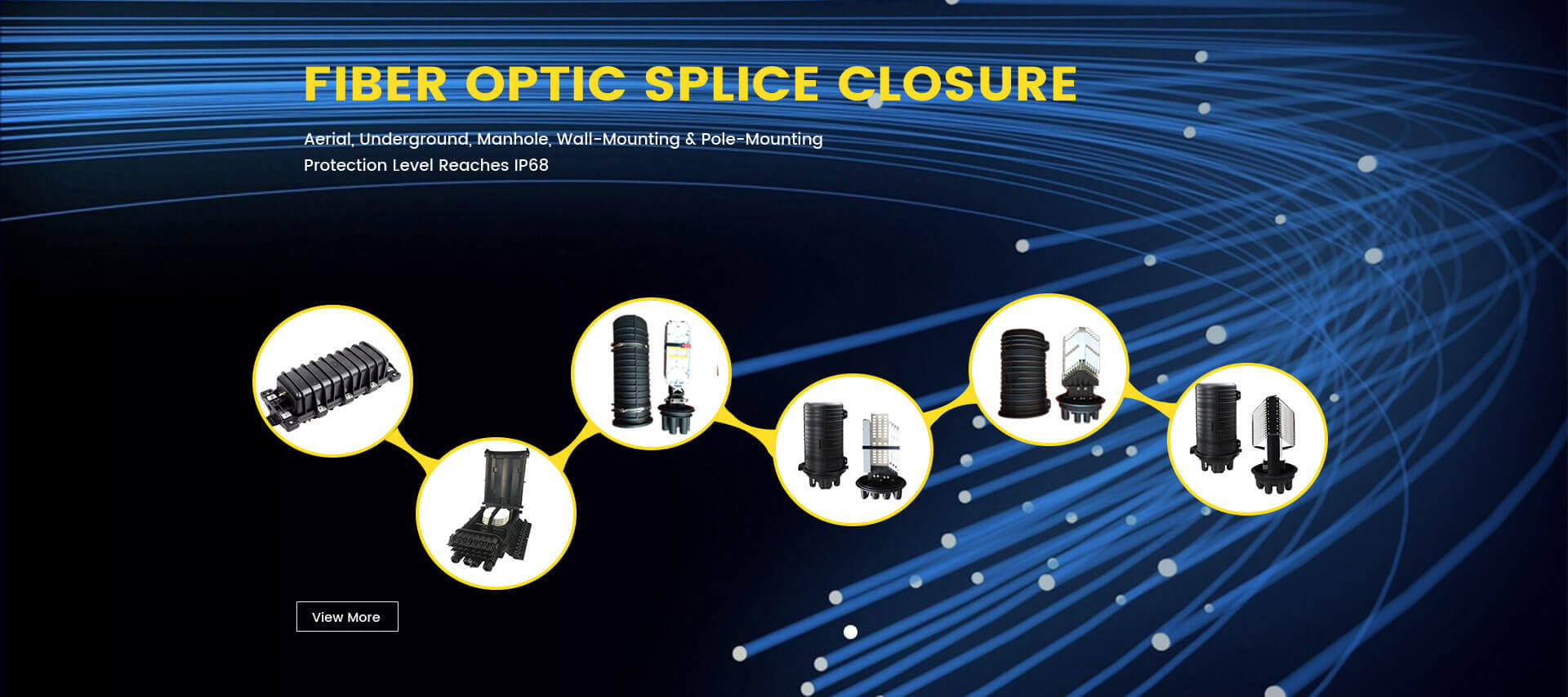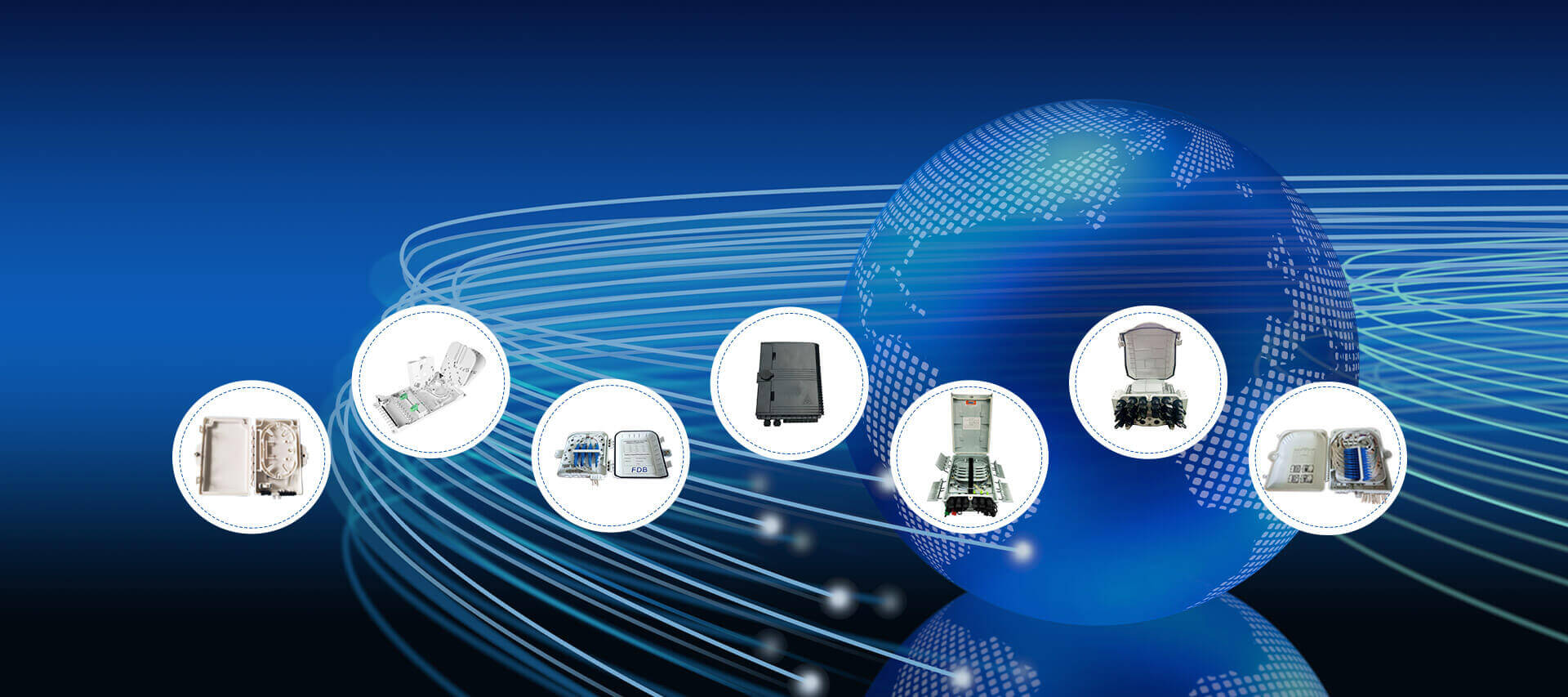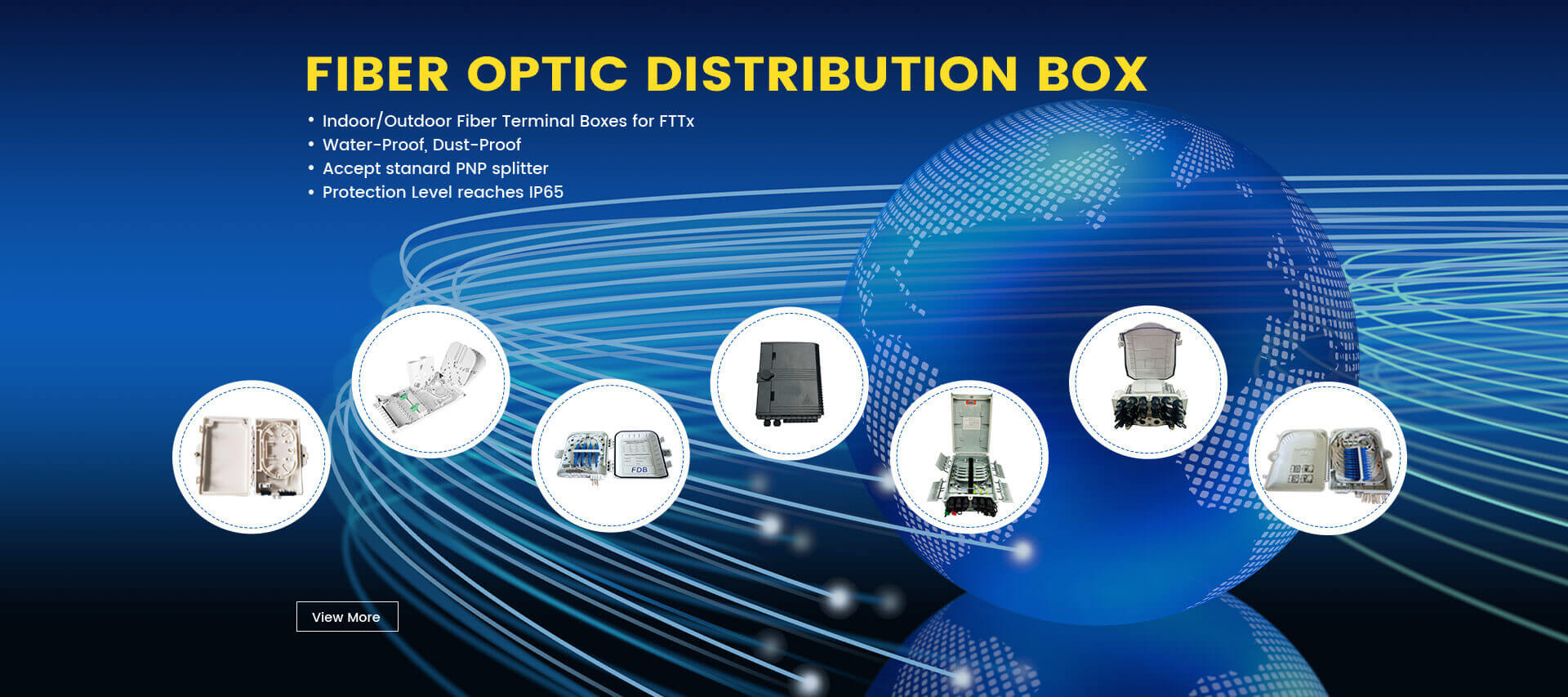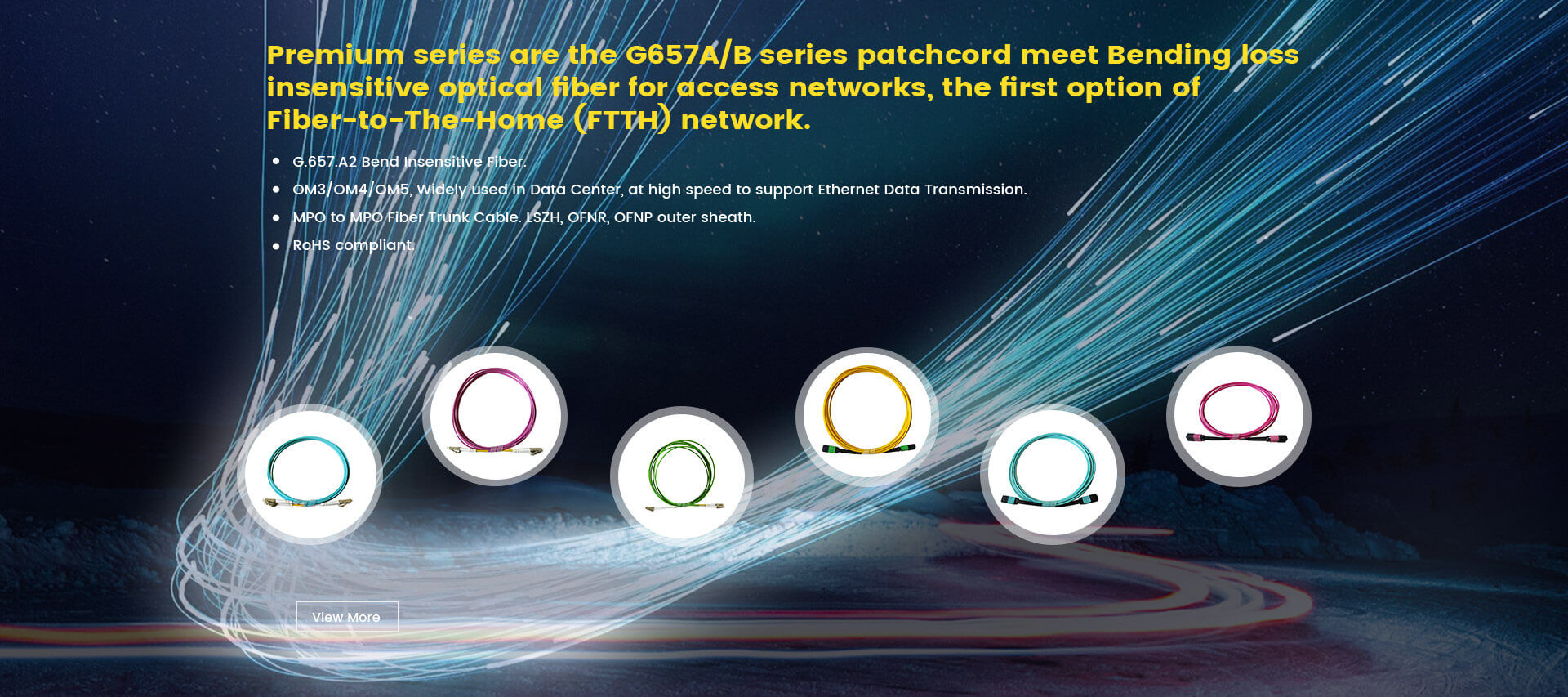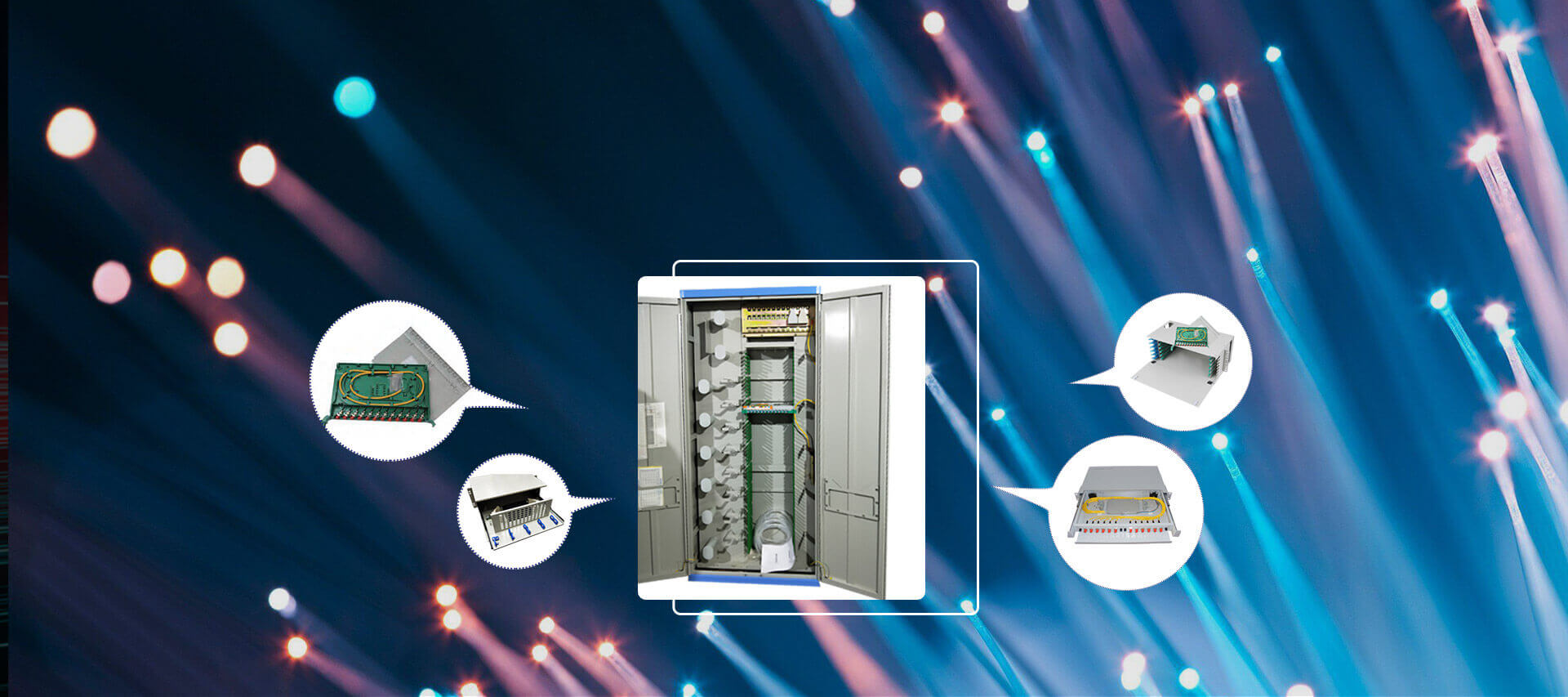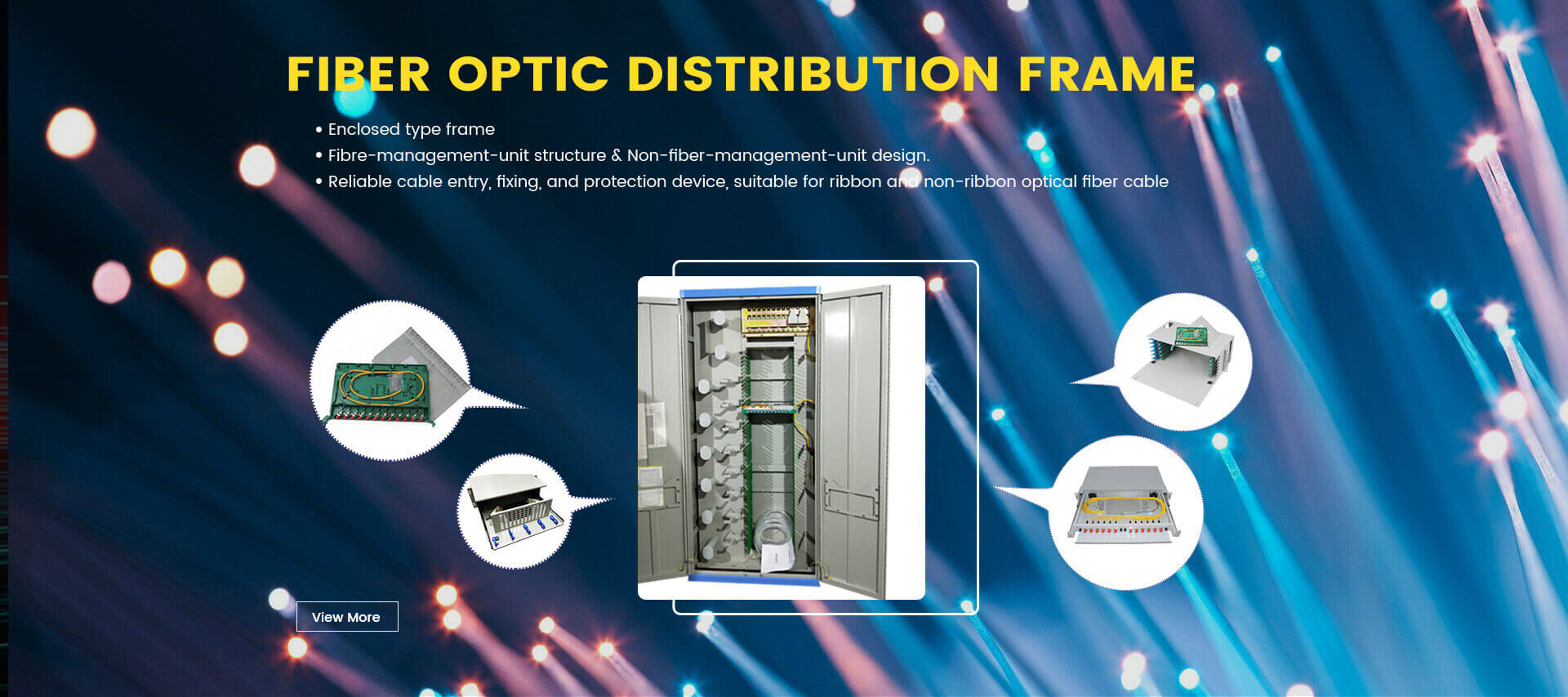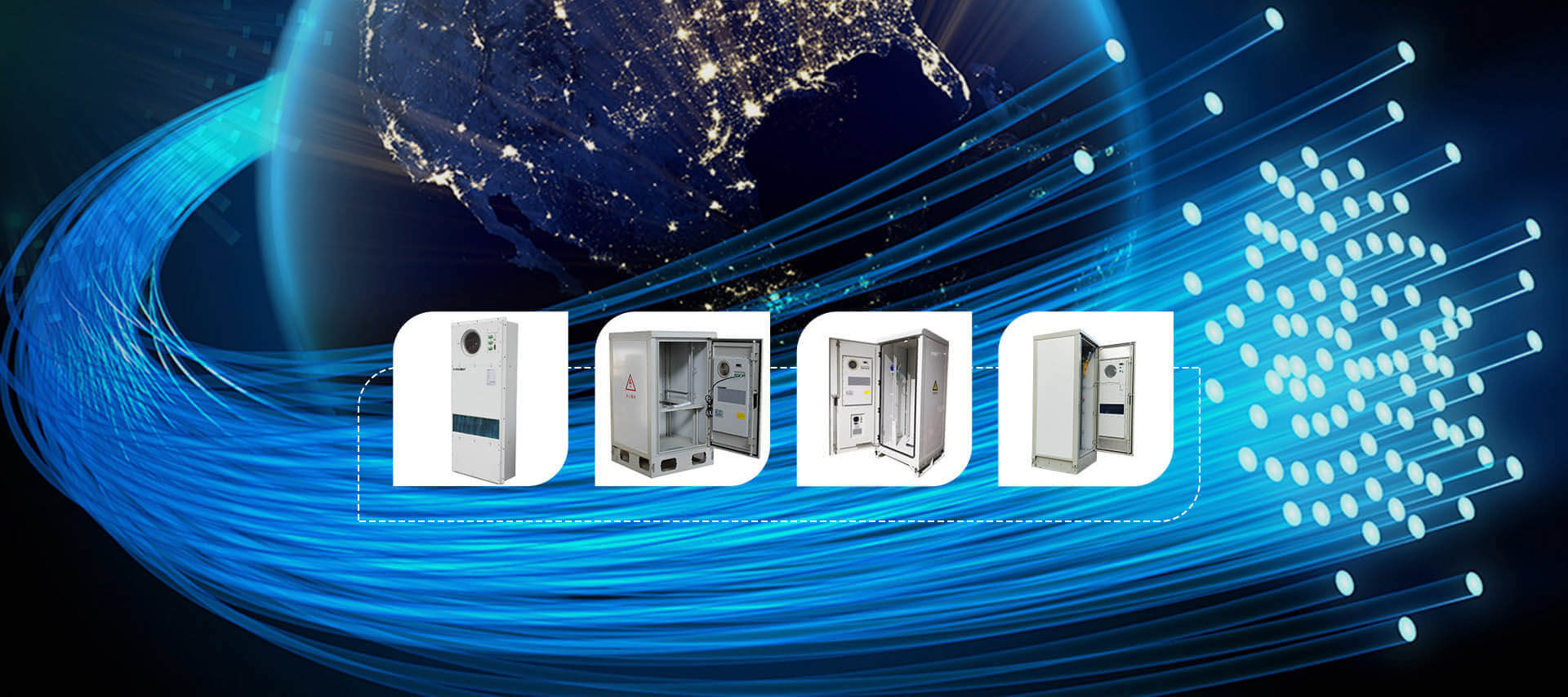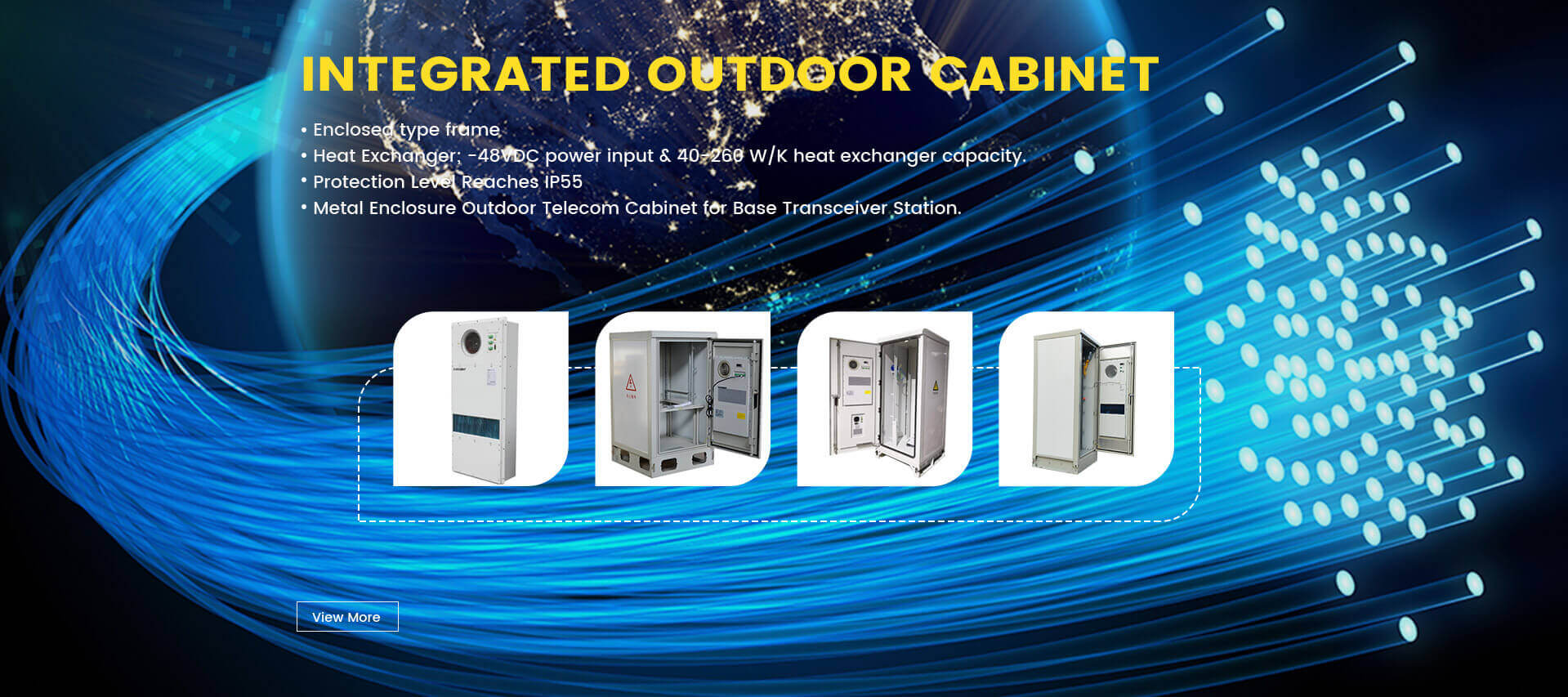Fiber optic technology is changing the way we communicate. At the center of this technology are fiber optic boxes. But what exactly are fiber optic boxes, and why are they important? This guide will answer these questions and help you understand their features, types, and uses.
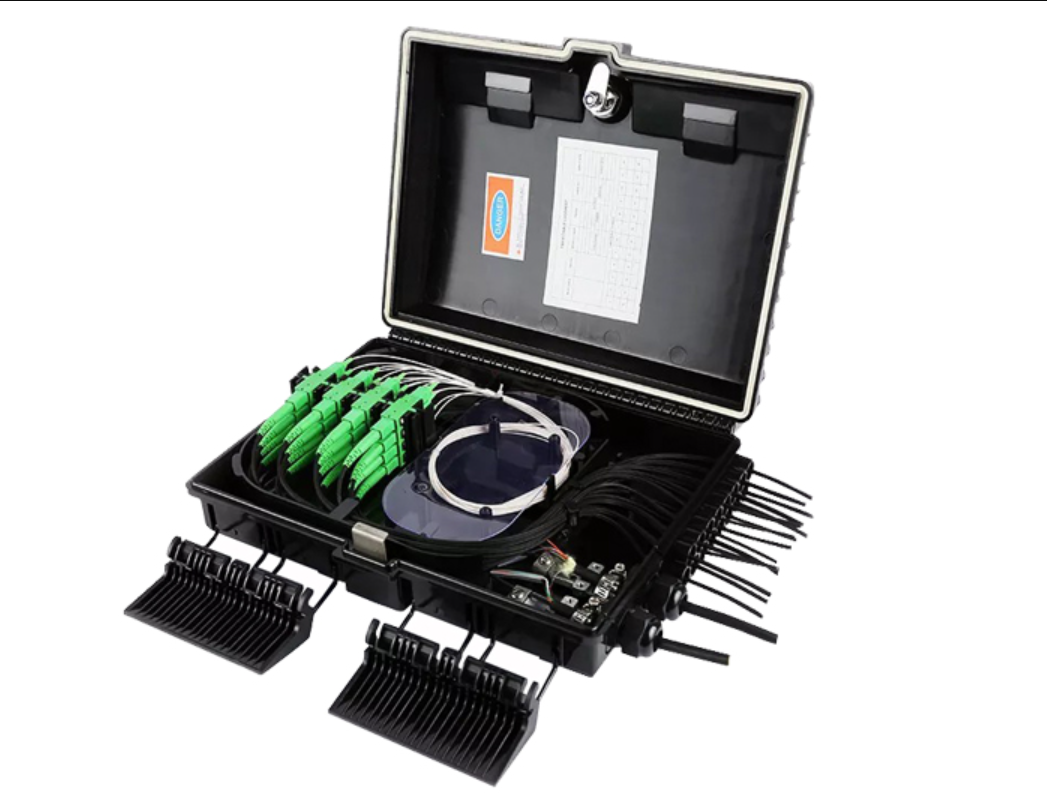
What Is a Fiber Optic Box?
A fiber optic box is a key part of fiber networks. It is also called a fiber termination box or distribution box. The box helps protect, organize, and manage fiber cables. These boxes make sure data flows smoothly by keeping fiber connections safe and secure.
Why Are Fiber Optic Boxes Important?
Fiber optic boxes are very important for keeping the network working well. They protect fragile fiber cables from damage. Even a small break in a cable can cause big network problems. The box keeps connections organized and safe, making maintenance easier.
Key Features of Fiber Optic Boxes
When choosing a fiber optic box, there are a few key features to think about. These features will help you decide if the box is right for your needs. Let’s look at the most important ones.
1. Material Quality
The material of the box needs to be strong. It should be able to handle tough environmental conditions. This is especially true for outdoor installations where the weather can be harsh.
2. Capacity
How many connections can the box hold? Choose a box that fits your current needs, but also think about future growth. Picking a box with enough capacity helps your network be ready for expansion.
3. Sealing Performance
Good sealing is important for outdoor boxes. It keeps water, dust, and other things away from the cables. This helps keep your network working well and reduces the risk of data loss.
4. Ease of Installation
A fiber optic box that is easy to install saves time. It also helps prevent mistakes during installation, which can lead to downtime.
Types of Fiber Optic Boxes
Different environments need different types of fiber optic boxes. Here are the most common types used in different places.
1. Wall-Mounted Fiber Optic Boxes
Wall-mounted boxes are used indoors, usually in small installations. Learn more about our wall-mounted fiber optic boxes on our website. They save space and are easy to reach. Wall-mounted boxes are perfect for home or small business networks.
2. Pole-Mounted Fiber Optic Boxes
These boxes are used outdoors. They are mounted on utility poles and can handle different weather conditions. Check out our pole-mounted fiber optic boxes for outdoor network expansion. Pole-mounted boxes are great for expanding outdoor networks.
3. Rack-Mounted Fiber Optic Boxes
Rack-mounted boxes are used in data centers and other large installations. They fit into standard 19-inch racks, keeping server rooms organized.
Tips for Installing Fiber Optic Boxes
Proper installation is key to having a reliable fiber optic network. Here are some tips for installing fiber optic boxes.
1. Choose the Right Location
The location of the box is important. Make sure your box is in a place where it won’t be easily damaged. Avoid areas with a lot of moisture or risk of impact.
2. Follow Best Practices
When connecting fibers, use the best practices to avoid signal loss. Make sure all connections are secure to keep the signal strong.
3. Label Cables
Labeling makes maintenance easier. Proper labels help technicians quickly find connections during repairs or upgrades.
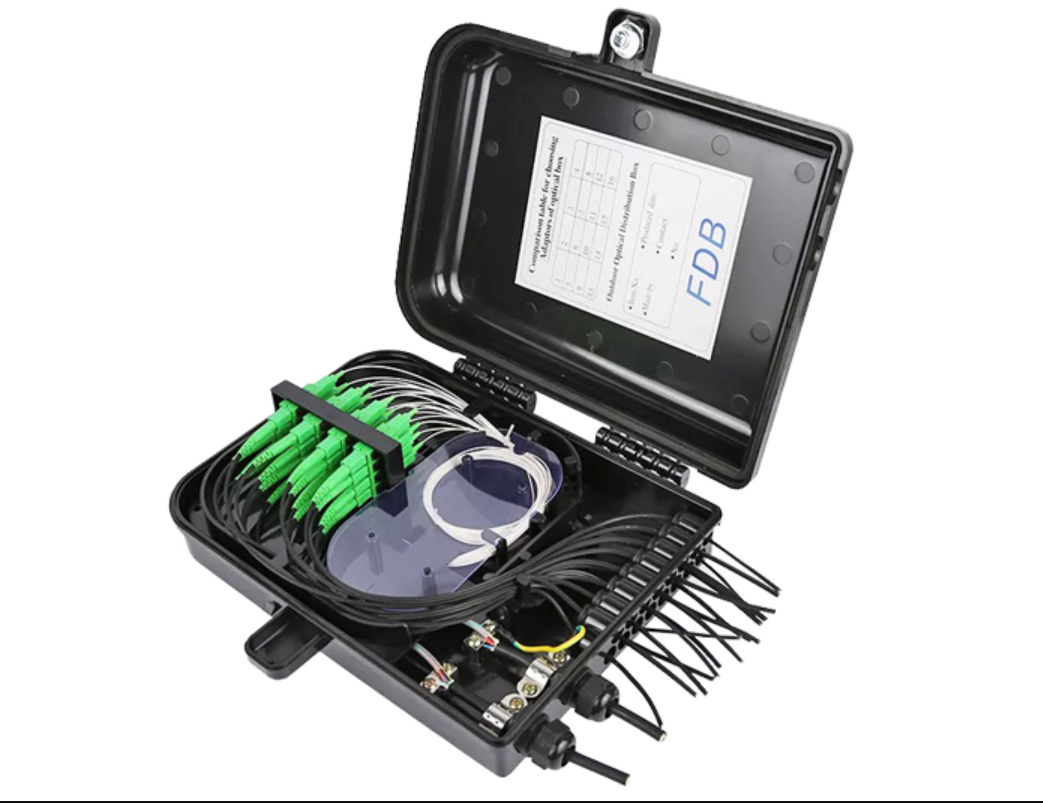
Uses of Fiber Optic Boxes
Fiber optic boxes are used in many industries. They are important for different types of applications.
1. Telecommunication Networks
Fiber optic boxes are very important in telecommunication networks. They make sure connections are reliable for homes and businesses. Fiber optic networks provide the high-speed internet that we use today.
2. Data Centers
Data centers rely on organized fiber connections. Rack-mounted boxes help keep the network working well. They make it easier to fix problems and keep data flowing smoothly.
3. Industrial Automation
In industrial settings, reliable communication is key. Fiber optic boxes make sure connections are secure for automated systems, keeping everything running smoothly and reducing downtime.
How to Choose the Right Fiber Optic Box for Your Needs
Choosing the right fiber optic box can make a big difference. You need to think about the size of your network, where the box will be installed, and which features are most important to you.
1. Assess Your Network Needs
Is your network small or large? A small network might need a wall-mounted box, while a data center needs rack-mounted options. Think about both your current needs and your future needs.
2. Environment
Will the box be indoors or outdoors? Outdoor boxes need to be strong and well-sealed. For indoor use, a smaller wall-mounted box might be the best choice.
3. Future Growth
Think about whether your network will grow. Choosing a box that allows for expansion will save time and money in the future. It’s always better to be ready for growth.
Benefits of Using Fiber Optic Boxes
Fiber optic boxes do more than just protect cables. They offer several benefits that help keep your network running smoothly.
1. Enhanced Protection
Fiber optic cables are fragile. Boxes provide the protection they need from damage, dust, and water. This helps keep data quality high and prevents network problems.
2. Organized Connections
Keeping fiber connections organized is very important. Messy cables can lead to confusion and increase the risk of damage. A good fiber optic box keeps everything neat and organized.
3. Easier Maintenance
Fiber optic boxes that are well-designed make maintenance easier. Technicians can quickly find and fix connections, leading to less downtime.
Common Mistakes to Avoid When Installing Fiber Optic Boxes
To make sure your fiber optic network works well, avoid these common mistakes during installation.
1. Incorrect Location
Installing the box in a hard-to-reach or risky spot can cause problems later. Make sure the box is in a safe and easy-to-access place.
2. Poor Labeling
Not labeling connections can make repairs confusing and time-consuming. Take the time to clearly label every cable.
3. Inadequate Sealing
For outdoor installations, improper sealing can let water in and damage the fibers. This can disrupt data flow and cause network issues.
Why Choose MJADOM for Fiber Optic Boxes?
MJADOM provides high-quality fiber optic solutions. Our products are made to last and work well under tough conditions. Whether you need a box for a small home setup or a large industrial network, we have the right product for you. Explore our full range of fiber optic solutions today.
Our fiber optic boxes are made from strong materials. We understand the challenges of maintaining a network, which is why our boxes are designed to be easy to install and maintain. They also provide excellent protection against environmental factors, ensuring your network stays reliable.
Looking for the perfect fiber optic box for your project? Visit our website to explore our products and see how we can help support your network infrastructure.
Publisher: Mjadom
Author: Andy

